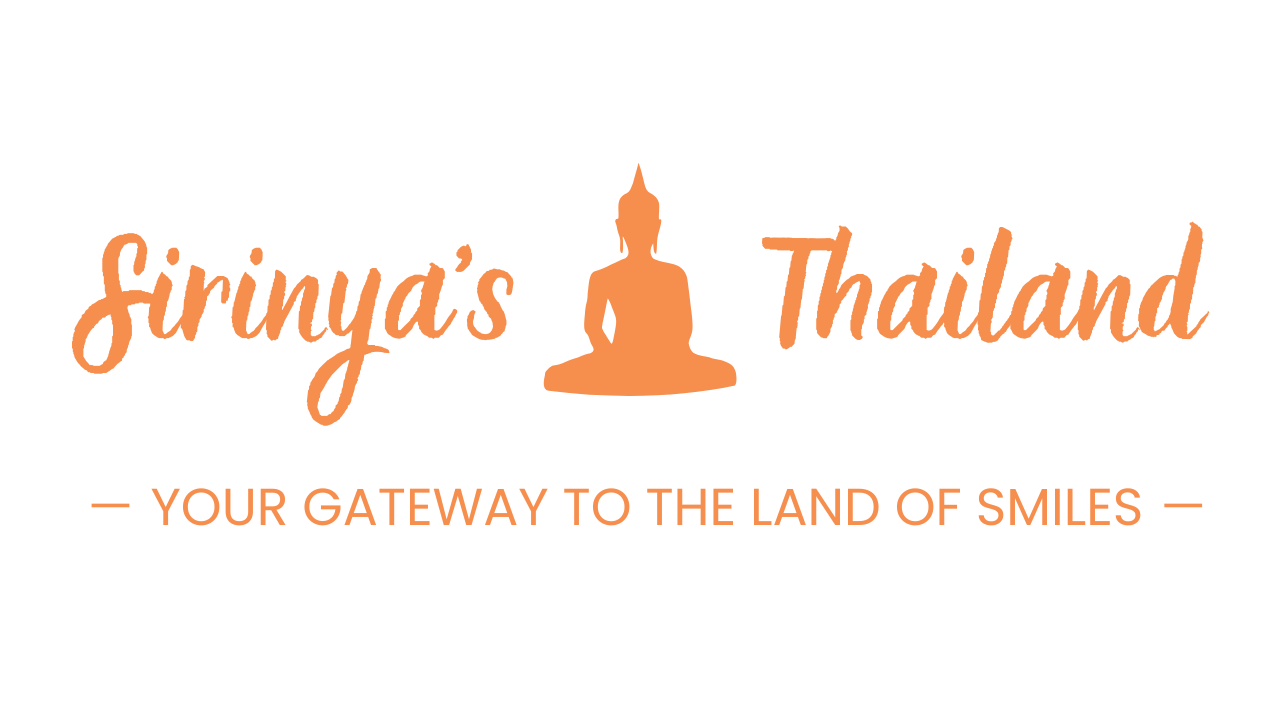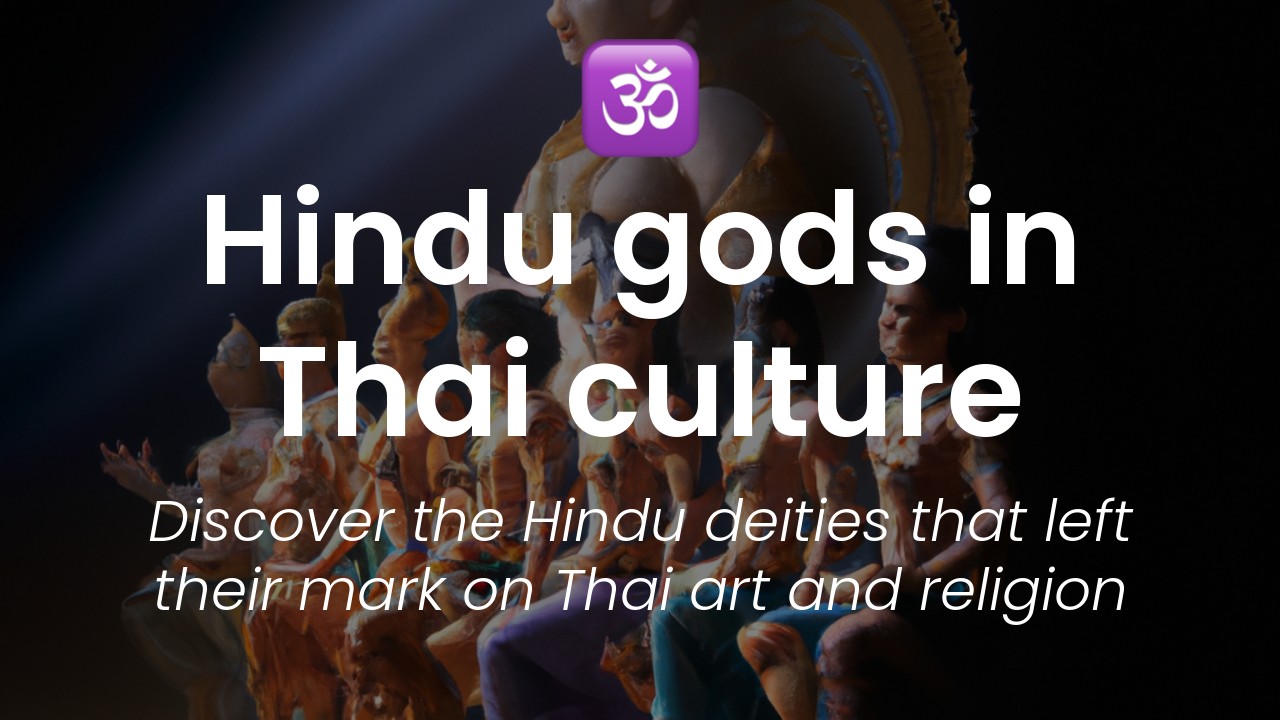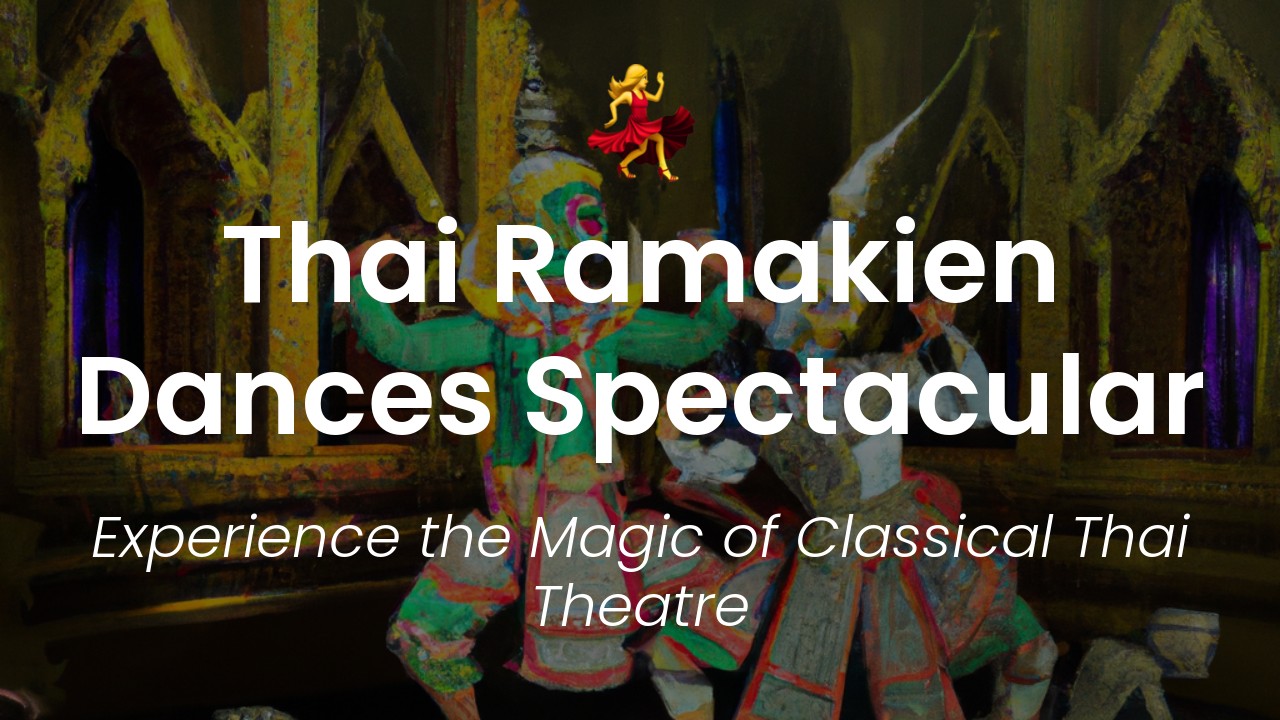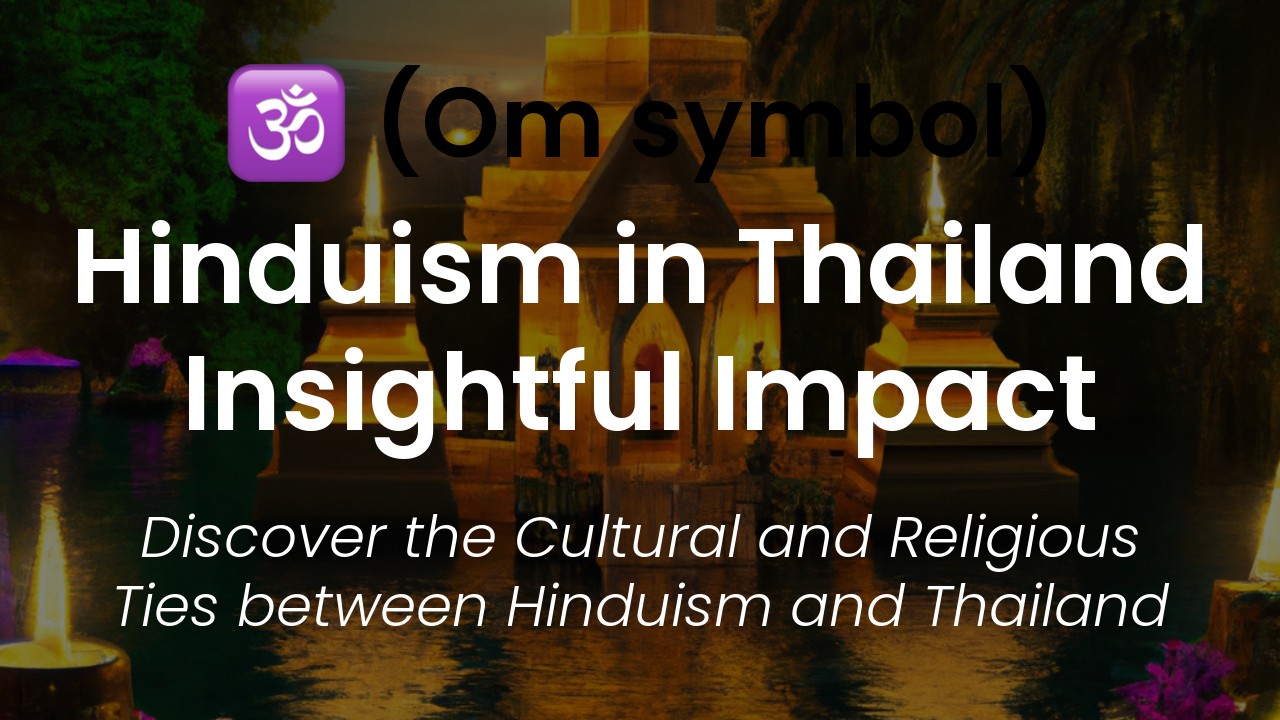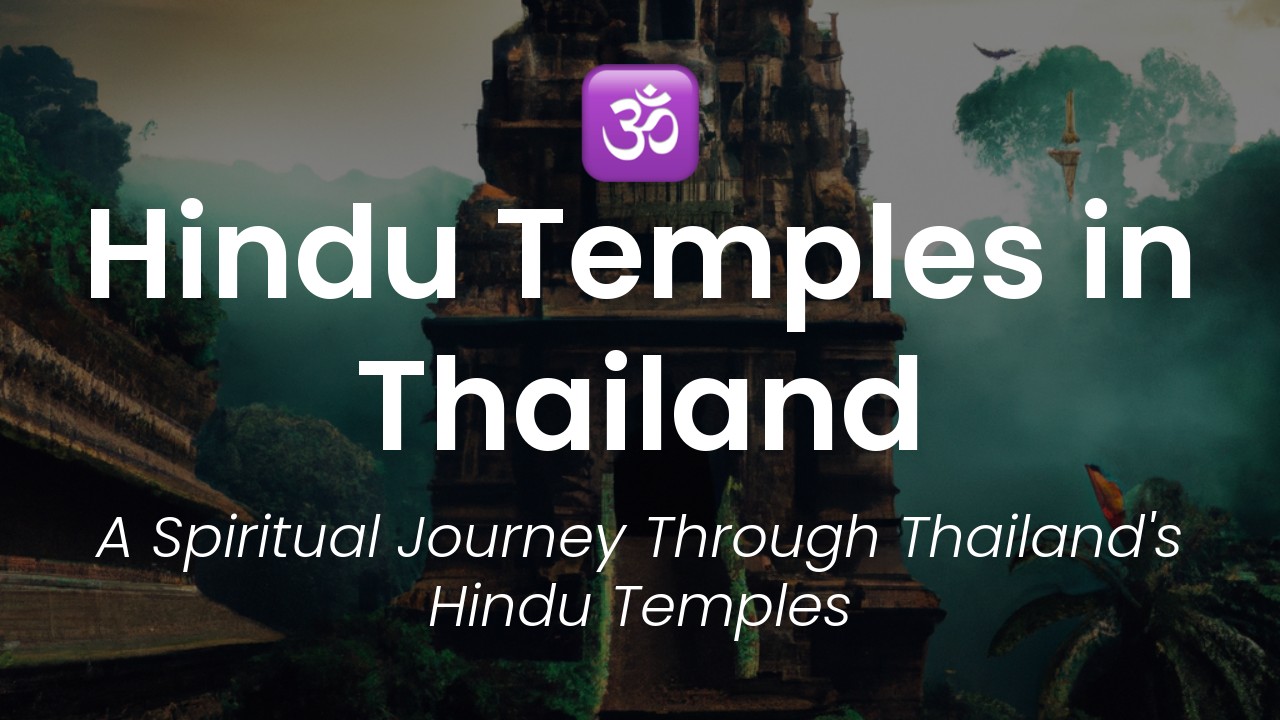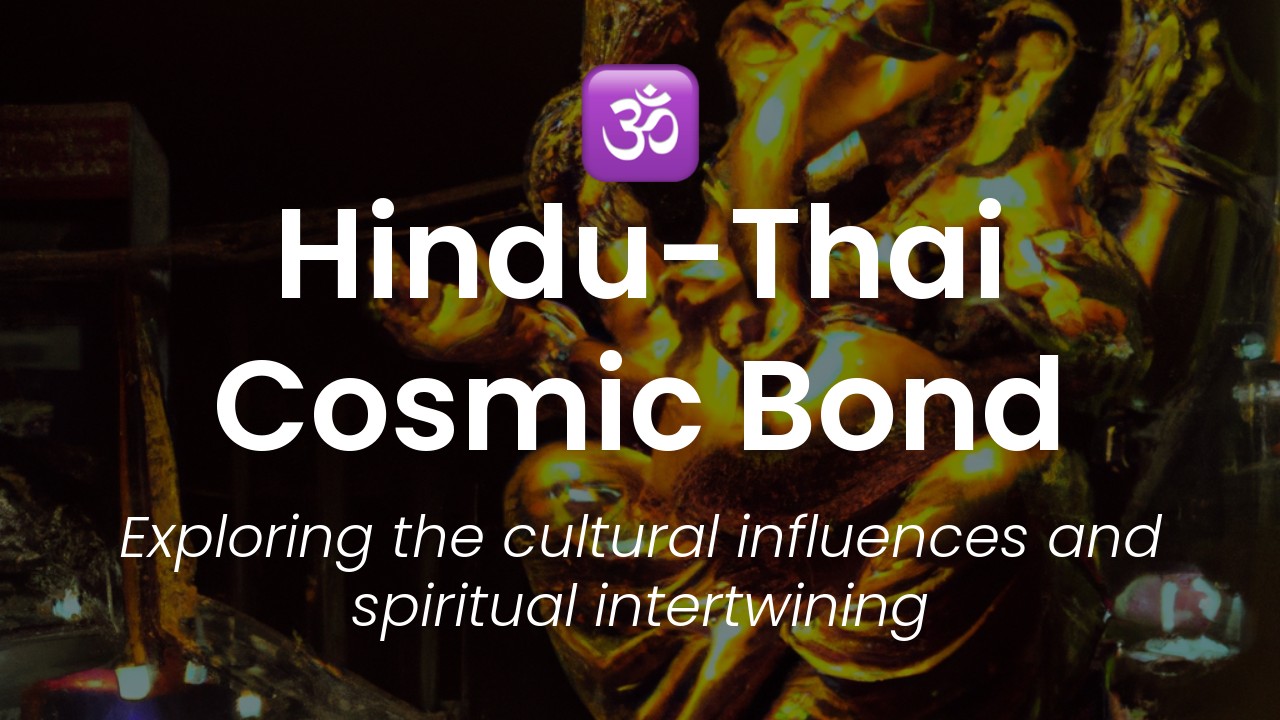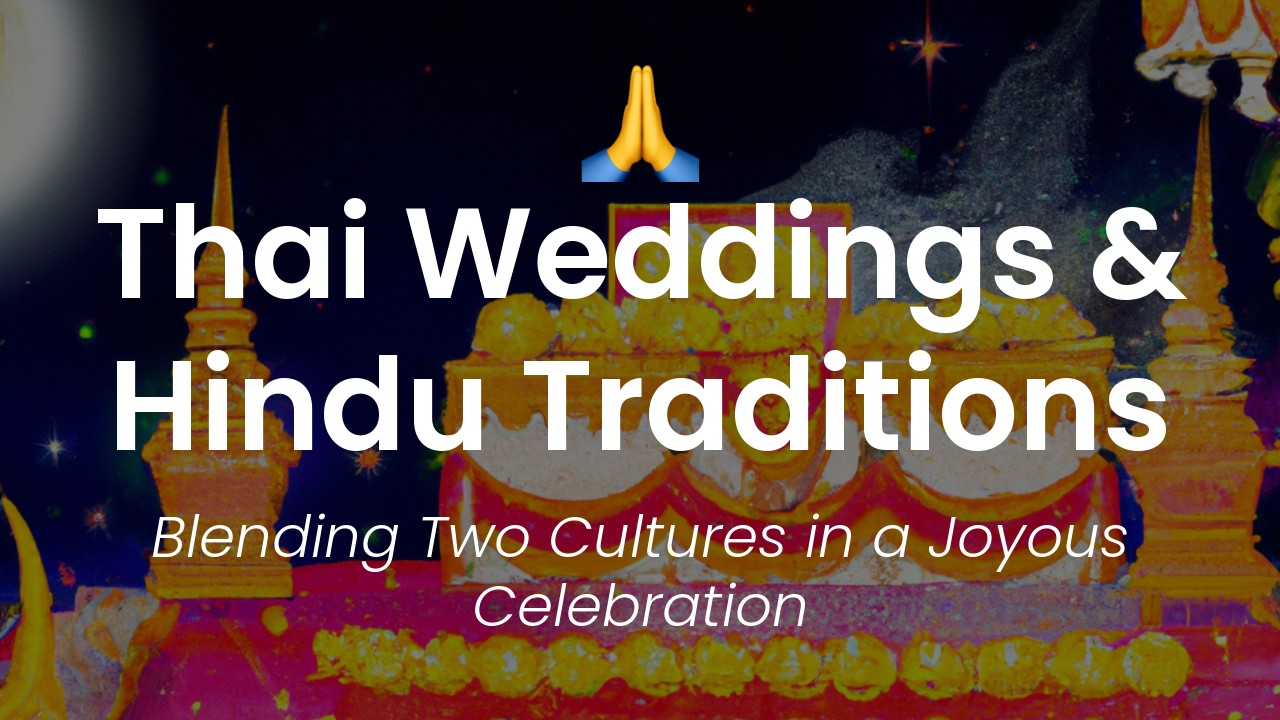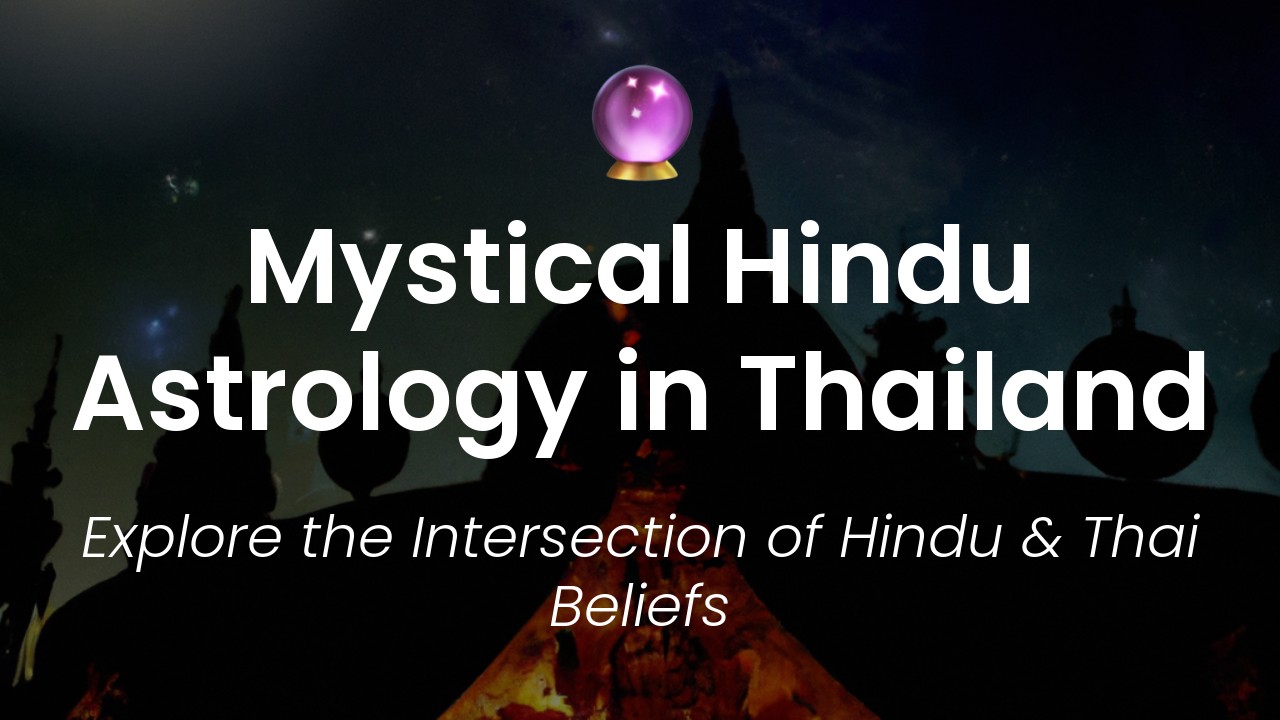Hi everyone, I am Sirinya, and welcome to my blog! Today I want to explore the fascinating influence of Hinduism on Thailand's culture and history. Hinduism arrived in Thailand between the 6th and 12th centuries, and it has since had a significant impact on the country's art, architecture, language, and religion. Thailand proudly boasts a rich cultural heritage that is a harmonious blend of Hindu, Buddhist and local cultural practices.
One of the most integrative ways that Hinduism impacted Thailand is through its pantheon of gods and goddesses, which merged with the indigenous spiritual traditions. In this article, we focus on the ten Hindu gods that have had a significant impact on Thai culture. These deities have influenced and shaped the art, architecture and cultural practices of the country.
Each Hindu god on this list has a unique story, symbolism and character that reflects its traits and characteristics. They range from divinities of love, wisdom, prosperity, war, and destruction. Their stories are fascinating and help us understand Thailand's cultural richness, which still echoes their presence to this day. We explore their influence on Thai culture, from the temples of Pattanaram and Siam Niramit, to the local traditions of the Thai people. So let's dive in and learn more about the ten Hindu gods who have shaped Thailand's cultural tapestry.
Ganesha: god of wisdom and success
Ganesha is one of the most prominent Hindu gods in Thai culture. As the god of wisdom and success, Ganesha is a symbol of good fortune and prosperity. Many Thai people have a statue or image of Ganesha in their homes or businesses, hoping to attract success and good luck.
In Thailand, Ganesha is often depicted with an elephant head and a plump, childlike body. This image is thought to represent the balance of wisdom and innocence.
Brahma: creator of the universe
Brahma is another important Hindu god in Thai culture. As the creator of the universe, Brahma is a symbol of inspiration and creativity. In Thai art, Brahma is often depicted with four faces and four arms, holding books, a rosary, and a water pot.
While Brahma is considered a major deity in Hinduism, his worship in Thailand has been somewhat eclipsed by other gods, such as Ganesha and Vishnu.
Vishnu: preserver of the universe
Vishnu is one of the most well-known Hindu gods, both in India and in Thailand. As the preserver of the universe, Vishnu is a symbol of stability and righteousness. In Thai art, Vishnu is often depicted with two or four arms, holding various objects such as a conch, discus, and mace.
Vishnu is one of the three main gods of the Hindu Trinity, which also includes Brahma and Shiva. In Thailand, Vishnu is often worshipped alongside other Hindu gods at shrines and temples.
Shiva: destroyer of evil and protector
Shiva is a complex and multifaceted Hindu god, worshipped for his power to destroy evil and protect the innocent. In Thai art, Shiva is often depicted with blue skin and multiple arms, holding various weapons and objects.
In Thailand, Shiva is sometimes associated with the Buddhist god Phra Isuan, who also represents protection and benevolence. While Shiva is not as widely worshipped in Thailand as some other Hindu gods, his story and symbolism continue to resonate with many Thai people.
Hanuman: god of strength and devotion
Hanuman is a popular Hindu god in Thailand, known for his strength and devotion. Hanuman is often depicted with an ape-like appearance, with a red or orange face and a long tail.
In Thai culture, Hanuman is often worshipped for his ability to provide strength and courage, especially in times of crisis or hardship. Hanuman is also considered a symbol of steadfast loyalty, as he remained faithful to Rama even in the face of great danger.
Lakshmi: goddess of wealth and prosperity
Lakshmi is one of the most well-known Hindu goddesses, worshipped for her power to bring wealth and prosperity. In Thai art, Lakshmi is often depicted with four arms, holding a lotus flower and other objects.
In Thailand, many people worship Lakshmi for her ability to bring financial success and abundance. Her image is often associated with the Buddhist goddess Mae Posop, who is also believed to bring good fortune and prosperity.
Indra: king of gods and master of lightning
Indra is the king of gods in Hindu mythology, worshipped for his power over lightning and storms. In Thai art, Indra is often depicted with a fierce appearance, wielding a lightning bolt and riding on an elephant.
While Indra is not as widely worshipped in Thailand as some other Hindu gods, his story and symbolism continue to hold significance for many Thai people, particularly those who live in rural areas where lightning and storms can be a daily threat.
